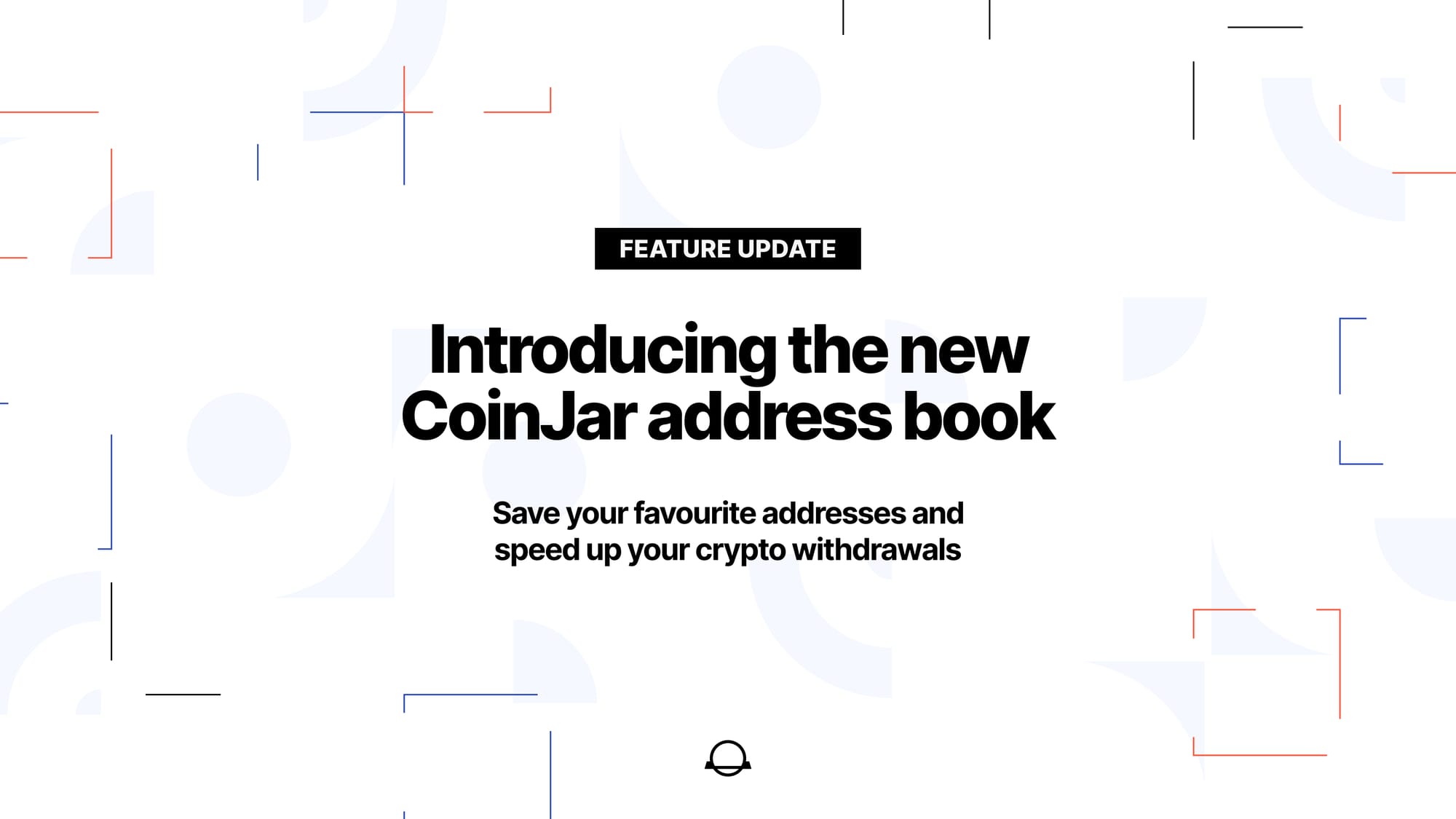The number of Ordinal inscriptions passed 100,000 late Tuesday, proving that the project to bring digital assets natively to the Bitcoin blockchain continues to intrigue the crypto space since its launch last month.
The 100K milestone was closely watched, and comes less than a day after Ordinals crossed the 75,000 inscription mark, according to a Dune report, with transaction fees for the digital collectibles topping $114,590 earlier today.
Closing in on 100k inscriptions
Close to a 1 year high in transaction fee rates
Mempool is over 100 blocks full and is purging anything < 2 sat / vByte
Blockspace is at a multi-year premium
This is what adoption looks like
— NickH ◉ (@hash_bender) February 15, 2023
As Ordinals surged toward the six-figure mark, the memory usage per block exceeded the standard 300 MB capacity by 86 MB, causing the network to purge any transaction less than 1.74 sats/vB, or Satoshi per byte, according to data from Bitcoin explorer, Mempool.
Even as the Bitcoin network had to adapt to the massive increase in traffic, many Bitcoin faithful continued to see the Ordinal project as good for the number one blockchain by market capitalization according to CoinGecko.
“What the team came up with Ordinals is genius,” Alex Miller, CEO of Hiro, a developer for layer-2 smart contract platform Stacks, told Decrypt in an interview. “It’s super core to the Bitcoin ethos in that they basically took several different things and pieced them together in a way the original creators did not foresee or expect.”
Unlike Ethereum or Solana NFTs that use smart contracts, Ordinals are inscribed directly onto individual Satoshis, the lowest denomination of a Bitcoin, named after the pseudonymous creator of Bitcoin, Satoshi Nakamoto. Because Ordinals lack smart contract support and programmability, many in the Stacks community see its rise as an overall benefit to Bitcoin sidechain developers.
“There’s a lot of limit to how much data you can put in an Ordinal store, and that’s really where we see Stacks is going to come in and really expand,” Miller said, adding that Ordinals has proven that there’s massive demand to be able to use NFTs on Bitcoin.
Ordinals is also still in its early stages, and lacks several key features for long-term growth. These include a seamless way to inscribe Ordinals without the need to sync the entire Bitcoin blockchain, marketplaces to buy and sell digital artifacts, and wallets that allow collectors to see their Ordinals—something Hiro and other developers are working furiously to launch.
“The Stacks community have been saying for so long that things should be getting built on Bitcoin,” Miller continued. “Because it is the most trusted thing that’s been around the longest, it’s not going anywhere.”
Despite the excitement around Ordinals, Miller did acknowledge that the Bitcoin blockchain was not meant to be used this way, noting the lack of programmability of the blockchain, as opposed to Ethereum, which has programmability built in.
Ethereum NFTs are still early in their lifecycle as well, Miller notes, and says he does not see Ordinals as a challenge to Ethereum’s dominance in the NFT space. However, he does say that the on-chain data storage will make the Bitcoin blockchain a popular place to inscribe important information like deeds, real estate transactions, or government documents.
“I don’t think that [Ordinals] are going to be a one-for-one replacement for Ethereum NFTs,” Miller said. “But I also don’t think the fact that they’re different is going to be an imposition for it—I think it’s going to be an asset.”



Can you be more specific about the content of your article? After reading it, I still have some doubts. Hope you can help me.
At the beginning, I was still puzzled. Since I read your article, I have been very impressed. It has provided a lot of innovative ideas for my thesis related to gate.io. Thank u. But I still have some doubts, can you help me? Thanks.